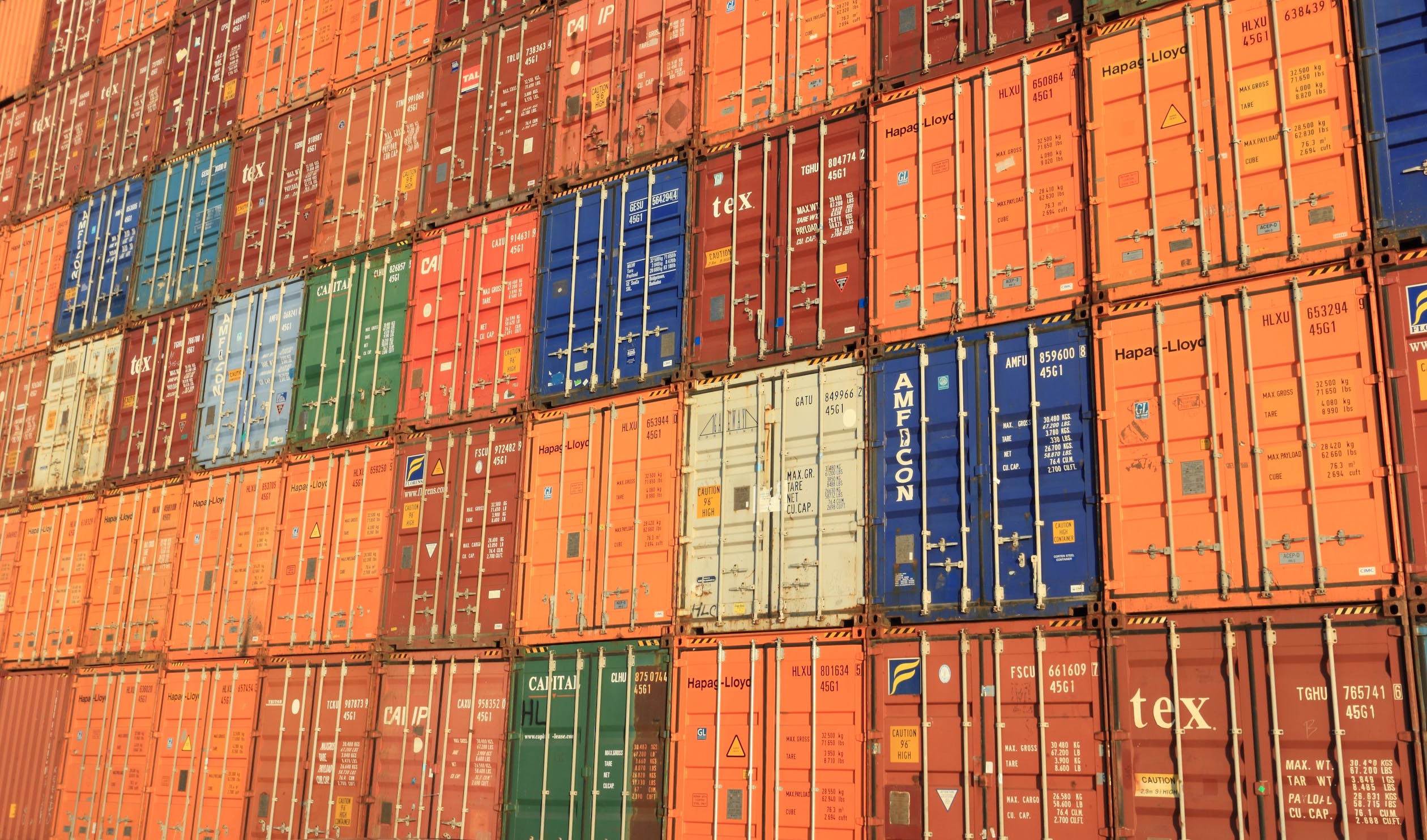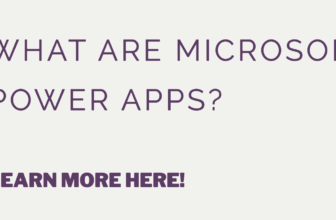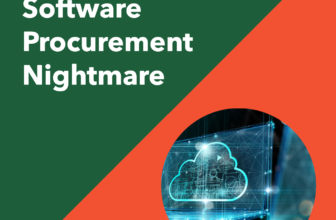
In recent years, containerization has emerged as a game-changer in software development. By encapsulating applications and their dependencies within lightweight, portable containers, developers can create, deploy, and scale applications with ease. This article aims to provide a comprehensive guide on using containers in development, from start to finish. What are containers?
Before diving into the guide, let’s first understand what containers are. Containers are a lightweight, standalone package that includes everything needed to run an application, including the code, runtime, system tools, and libraries.
Why are containers different from virtual machines (VMs)?
Containers and virtual machines (VMs) are both technologies used for virtualization, but they have different architectures and use cases. Here are the key differences between them:
- Architecture:
- Virtual Machines (VMs): VMs emulate a physical computer and run an entire operating system (OS) on top of a hypervisor. Each VM includes a full OS, along with its binaries and libraries. Multiple VMs can run on a single physical server, each with its own OS.
- Containers: Containers virtualise the operating system, not the hardware. They share the host OS kernel and only package the application code, runtime, libraries, and dependencies needed to run the application. Containers are more lightweight than VMs and can start much faster.
- Resource Utilization:
- Virtual Machines (VMs): VMs consume more resources because they include a full OS for each instance. This can lead to higher resource overhead and slower boot times.
- Containers: Containers are more efficient in terms of resource utilization since they share the host OS kernel and only contain application-specific components. They start quickly and have lower overhead compared to VMs.
- Isolation:
- Virtual Machines (VMs): VMs provide strong isolation since each VM runs its OS. This isolation makes VMs more secure but comes with higher resource overhead.
- Containers: Containers provide lightweight isolation using namespaces and control groups (cgroups) in the Linux kernel. While containers offer good isolation for most use cases, they may not be as secure as VMs for certain sensitive workloads.
- Portability:
- Virtual Machines (VMs): VMs are less portable because they require specific hypervisor software to run. Moving VMs between different hypervisors or cloud platforms can be challenging.
- Containers: Containers are highly portable since they encapsulate the application along with its dependencies. Containers can run on any system that supports the container runtime (e.g., Docker), making them ideal for microservices architectures and cloud-native applications.
- Performance:
- Virtual Machines (VMs): VMs may suffer from performance overhead due to the emulation of hardware and the additional layer of abstraction.
- Containers: Containers offer better performance since they share the host OS kernel and have lower overhead. They provide faster startup times and higher density, allowing more containers to run on a single host compared to VMs.
What platforms are best for container development?
Several platforms are well-suited for container development, each offering unique features and capabilities. The choice of platform depends on your specific requirements, preferences, and existing infrastructure. Here are some popular platforms for container development:
- Docker:
- Docker is the most widely used containerization platform, offering tools for building, deploying, and managing containers.
- Docker Engine provides the runtime environment for containers, while Docker Compose allows you to define multi-container applications.
- Docker Desktop provides a convenient development environment for building and testing containers on your local machine.
- Kubernetes:
- Kubernetes is an open-source container orchestration platform for automating the deployment, scaling, and management of containerized applications.
- Kubernetes provides powerful features for container scheduling, service discovery, load balancing, and automated scaling.
- Many cloud providers offer managed Kubernetes services (e.g., Amazon EKS, Google Kubernetes Engine, Microsoft Azure Kubernetes Service) for simplified deployment and management.
- Amazon Web Services (AWS):
- AWS offers a range of services for container development and deployment.
- Amazon Elastic Container Service (ECS) is a fully managed container orchestration service that supports Docker containers.
- Amazon Elastic Kubernetes Service (EKS) is a managed Kubernetes service that simplifies the deployment and operation of Kubernetes clusters on AWS.
- Google Cloud Platform (GCP):
- Google Kubernetes Engine (GKE) is a managed Kubernetes service that runs on Google Cloud Platform.
- GCP also offers Google Cloud Run, a fully managed serverless platform for running containerized applications without managing the underlying infrastructure.
- Microsoft Azure:
- Azure Kubernetes Service (AKS) is a managed Kubernetes service that simplifies the deployment, management, and scaling of containerized applications on Azure.
- Azure Container Instances (ACI) provides a serverless container runtime that enables you to run containers without managing servers.
- Red Hat OpenShift:
- OpenShift is a Kubernetes-based container platform that provides additional features for developer productivity, automation, and security.
- OpenShift offers integrated developer tools, CI/CD pipelines, and built-in security features for containerized applications.
- HashiCorp Nomad:
- Nomad is a lightweight and flexible container orchestrator that supports Docker containers, as well as other workload types.
- Nomad provides features for job scheduling, service discovery, and multi-region deployments.
How to set up a container
- Choose a Containerization Tool:
-
Decide on a containerization tool. Docker is the most popular choice, but alternatives like Podman, Containerd, and LXD are also available.
-
- Install Docker
-
If you’ve chosen Docker, install it on your development machine. Docker provides installation instructions for various operating systems on their website.
-
- Write Dockerfile
-
Create a Dockerfile in your project directory. This file contains instructions for building your container image. Specify a base image, copy your application code, install dependencies, and define commands to run your application.
-
FROM node:14
WORKDIR /app
COPY package.json package-lock.json ./
RUN npm install
COPY . .
EXPOSE 3000
CMD ["node", "app.js"]
Build Docker Image:
- Use the Docker CLI to build a Docker image from your Dockerfile. Run the following command in your project directory:
docker build -t myapp .
This command builds a Docker image with the tag “myapp” based on the Dockerfile in the current directory (.).
Run Container:
- Once the image is built, you can run a container from it using the following command:
docker run -d -p 3000:3000 myapp
This command starts a container in detached mode (-d) and maps port 3000 of the container to port 3000 on your host machine (-p 3000:3000). The container runs the application defined in the Dockerfile.
Develop Inside Container:
- You can enter the container’s shell to perform development tasks or interact with your application. Use the following command:
docker exec -it <container_id_or_name> /bin/bash
Replace <container_id_or_name> with the ID or name of your running container.
Debugging:
- Debugging inside a container can be done similarly to debugging on your local machine. Tools like VS Code allow remote debugging into a container.
- Ensure your container is set up to allow debugging by installing any necessary debugging tools and exposing the required ports.
-
Update and Iterate:
- Make changes to your application code as needed. When you make changes, rebuild your Docker image and restart your container to see the updates.
-
Version Control:
- Include your Dockerfile in your version control system (e.g., Git) along with your application code. This ensures consistency and reproducibility across different environments.
By following these steps, you can effectively use containers in your development workflow, providing a consistent environment for building, testing, and running your applications.
Remember to take your time when starting out with docker and containers. Once you get the hang of it, you will be able to collaborate with developers easier and more efficiently. Have a look into YML scripting to see how fast your contanerised app can be installed!





